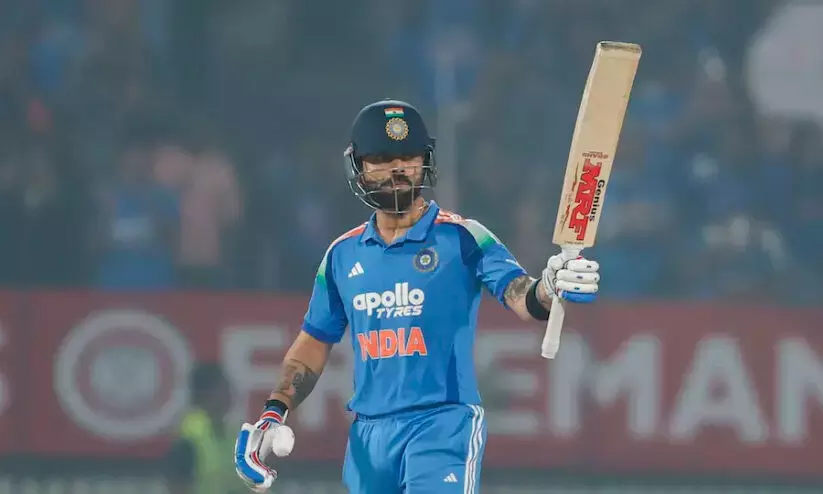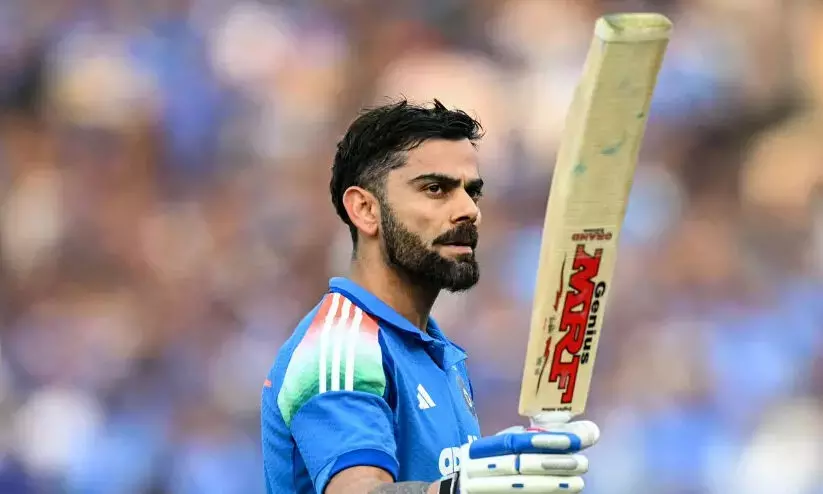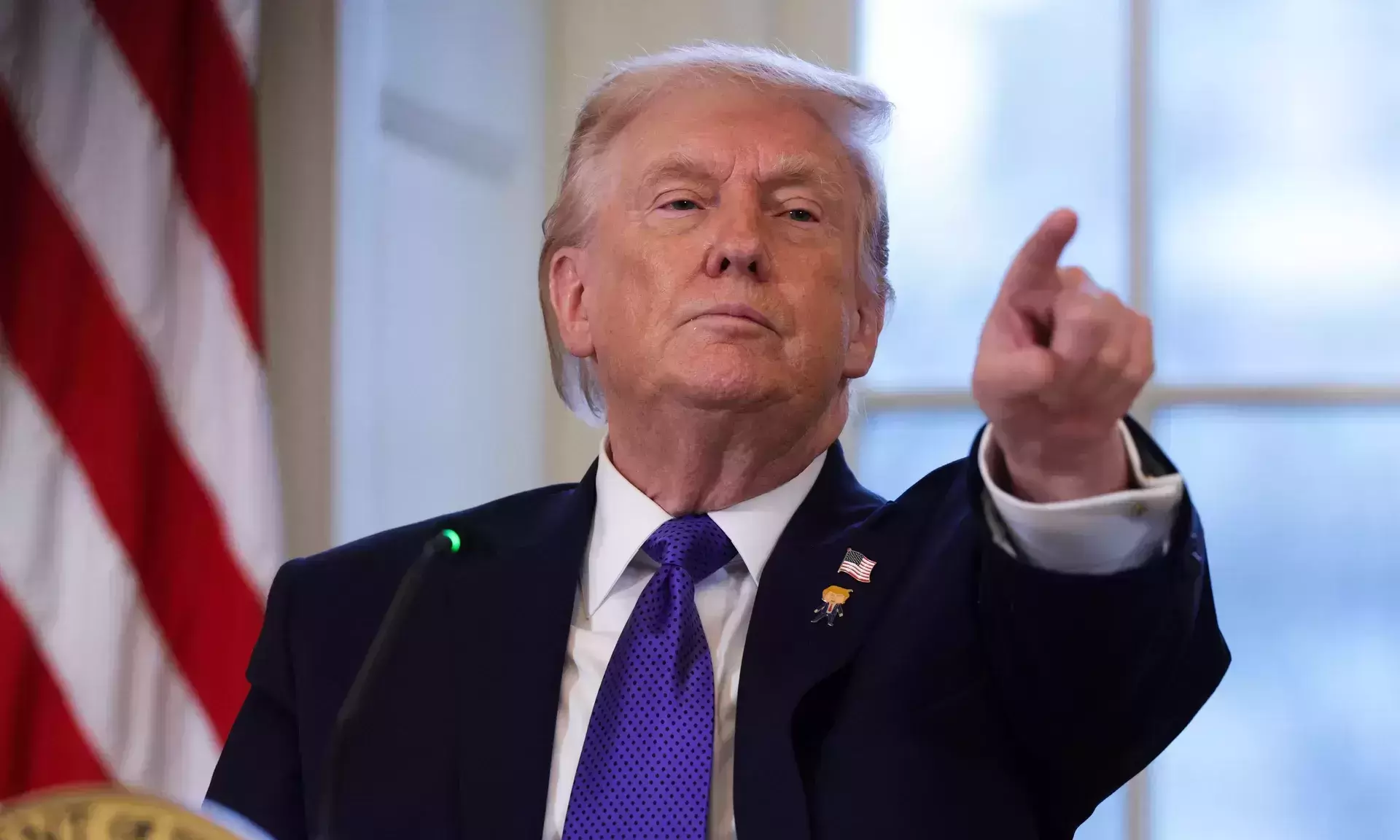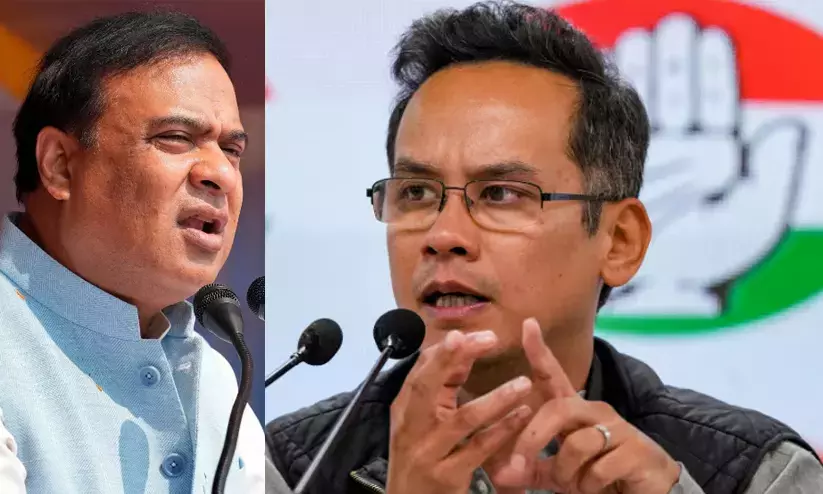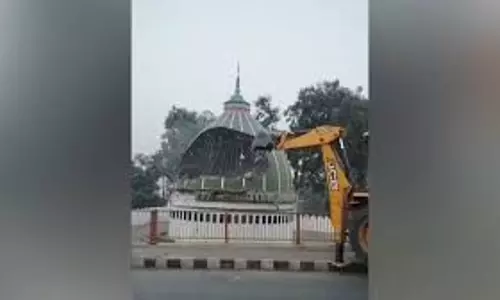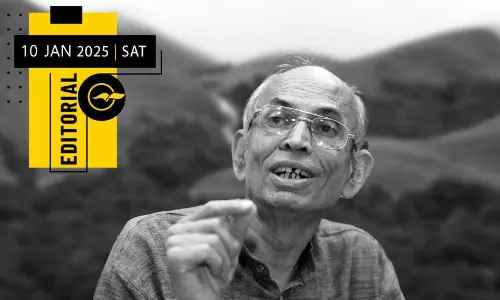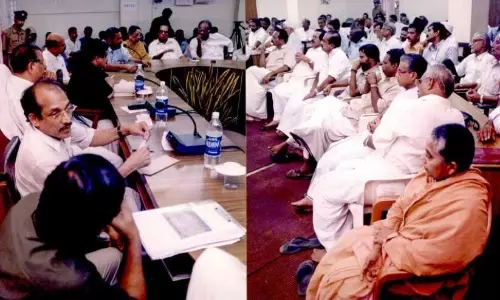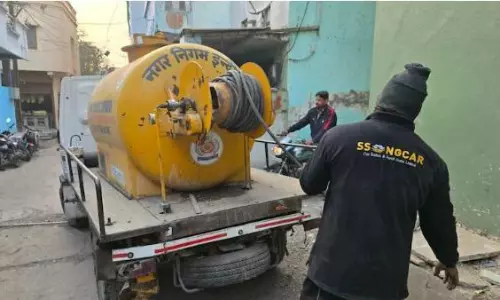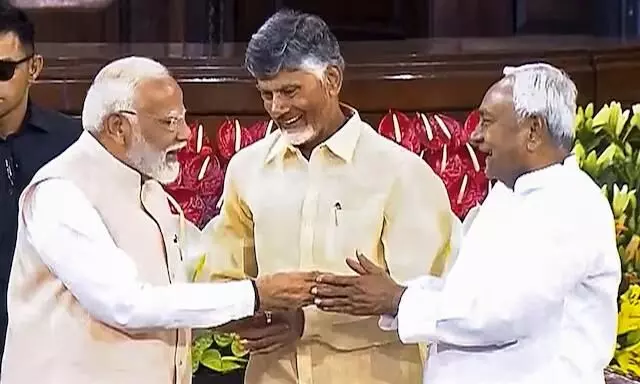
Under constraints of coalition, Modi as PM sans sweeping power
text_fieldsNarendra Modi, for the first time after his two tenures as Prime Minister with sweeping power, was sworn in as Prime Minister of a coalition government and for the third time as PM. The ceremony saw the induction of a total of 71 ministers, comprising 30 cabinet ministers, 36 ministers of state, and five ministers of state with independent charge.
Apart from prominent BJP leaders who held cabinet seats in the previous government, such as Rajnath Singh, Amit Shah, and Nitin Gadkari, and this time, BJP president J.P. Nadda has also been included in the cabinet minister's rank, with his term as BJP chief likely ending this month. He was not a member of the outgoing cabinet.
The 2024 Lok Sabha elections saw the BJP falling short of a majority, securing 240 seats. To form the government, the BJP has relied on its National Democratic Alliance (NDA) allies.
Key allies in the new government include the Telugu Desam Party (TDP) and the Janata Dal (United) [JD(U)], each granted two ministerial positions. From the TDP, Kinjarapu Ram Mohan Naidu was appointed as a cabinet minister and Chandra Sekhar Pemmasani as a minister of state. The JD(U) saw Rajeev Ranjan Singh sworn in as a cabinet minister and Ram Nath Thakur as a minister of state.
Additionally, allies from Bihar, such as Chirag Paswan from the Lok Janshakti Party (Ram Vilas) and former Bihar Chief Minister Jitan Ram Manjhi of the Hindustani Awam Morcha (Secular), were also included in the cabinet. Former Karnataka Chief Minister H.D. Kumaraswamy of the Janata Dal (Secular) received a cabinet berth as well.
Several ministers from the previous Modi government retained their positions. These include Nitin Gadkari, S. Jaishankar, Nirmala Sitharaman, Piyush Goyal, Sarbananda Sonowal, Virendra Kumar, Pralhad Joshi, Giriraj Singh, Jyotiraditya Scindia, Ashwini Vaishnaw, Dharmendra Pradhan, Bhupendra Yadav, Gajendra Singh Shekhawat, Annapurna Devi, Kiren Rijiju, Hardeep Singh Puri, Mansukh Mandaviya, G. Kishan Reddy, Rao Inderjeet Singh, and Arjun Ram Meghwal.
The cabinet also welcomed former BJP chief ministers such as Shivraj Singh Chauhan and Manohar Lal Khattar. Dharmendra Pradhan’s inclusion in the Union cabinet dispelled speculations about his potential appointment as Odisha’s chief minister. The BJP is set to form its first government in Odisha after winning 78 out of 147 assembly seats, ending over two decades of Biju Janata Dal’s governance under Naveen Patnaik.
Notably, there is an absence of Muslim ministers in the new cabinet. Furthermore, the BJP did not allocate any ministerial positions to the Nationalist Congress Party (NCP), which is split into factions under Sharad Pawar and Ajit Pawar. Despite an offer for a minister of state position, Ajit Pawar’s faction declined, aiming instead for a cabinet minister post.
In Maharashtra, where the BJP experienced significant political turmoil and electoral losses, the Mahavikas Aghadi coalition of Congress, NCP (Sharad Pawar), and Shiv Sena (Uddhav Balasaheb Thackeray) won 30 out of 48 seats. Prataprao Jadhav from Shiv Sena was assigned the role of minister of state.
In Uttar Pradesh, which delivered a disappointing outcome for the BJP, no cabinet positions were granted to its allies, the Rashtriya Lok Dal (RLD) and Apna Dal (Soneylal). Both Jayant Chaudhary of the RLD and Anupriya Patel of Apna Dal (Soneylal) were appointed as ministers of state.
The NDA coalition in Uttar Pradesh won only 36 seats, with the opposition INDIA bloc securing 43 seats. The Samajwadi Party emerged as the largest single party in the state with 37 seats.





